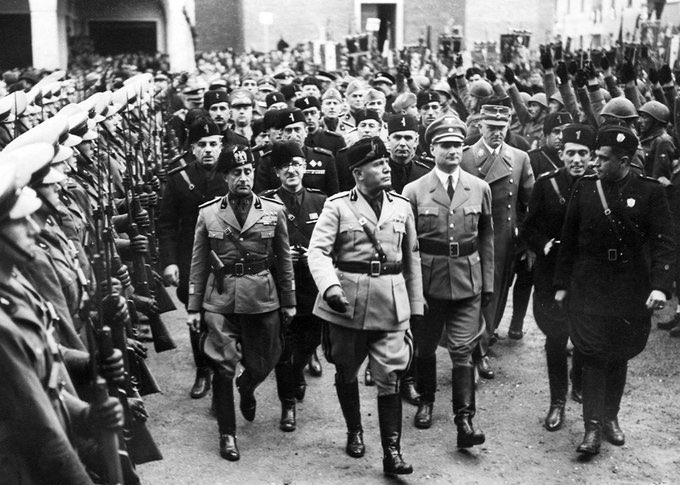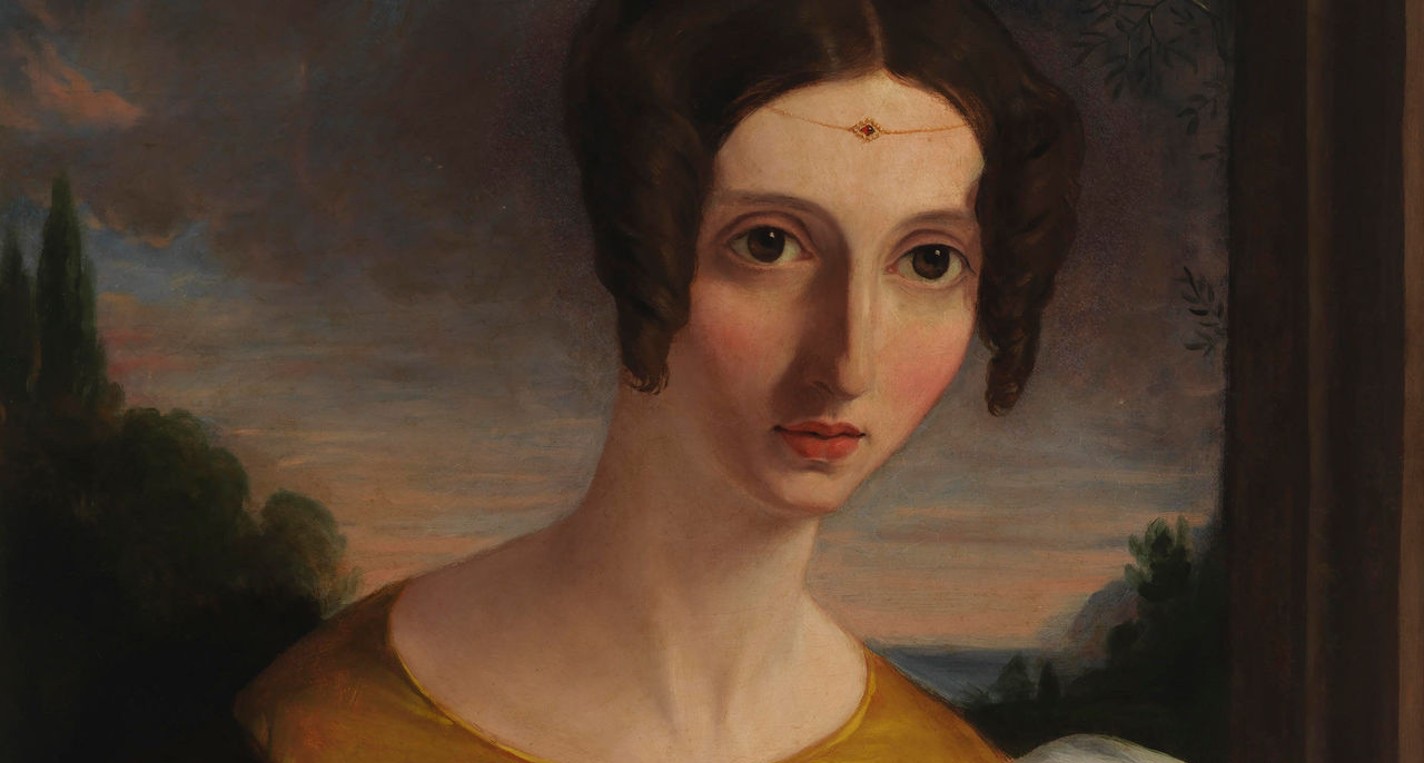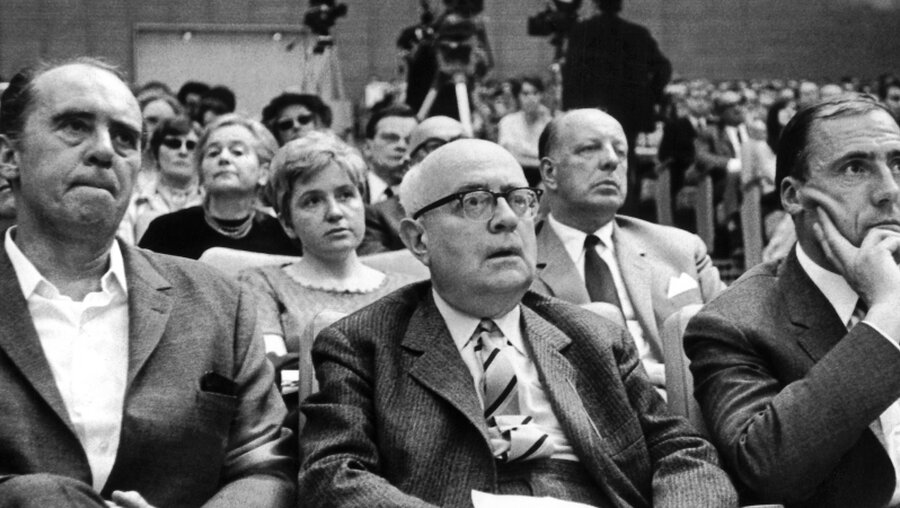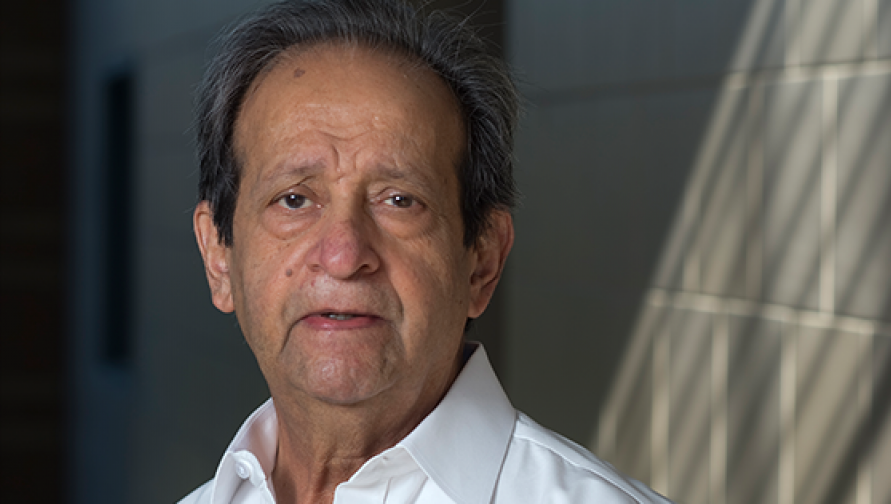On 29 October 1922, Benito Mussolini was propelled to power by the March on Rome, inaugurating L’Era fascista. The date was subsequently declared the first day of Year One of the Fascist calendar. Like any founding event, the March was also the staging of a spectacle and the forging of a myth. An early and opportunistic reader of Georges Sorel’s Reflections on Violence (1908), Mussolini was persuaded that politics was inseparable from mythmaking, that it was a kind of mythopoiesis. In his Naples speech a few days before the March, he announced that
We have created our myth. Myth is a faith, a passion. It is not necessary that it be a reality. It is a reality to the extent that it is a goad, a hope, faith, courage. Our myth is the Nation, our myth is the greatness of the Nation. And to this myth, to this greatness – which we want to translate into a fulfilled reality – we subordinate everything else. For the Nation is above all Spirit and not just territory.
The myth of the Nation, of its lost and future greatness, continues to animate the resurgent far right across the globe. As in the speech delivered this week by the new Italian Prime Minister Giorgia Meloni, this myth is now often accompanied by paeans to ‘freedom’ which are meant to serve as antidotes to lingering suspicions of authoritarianism. This is not freedom as emancipation or liberation, but market freedom – yoked to what Meloni, quoting Pope John Paul II, described as ‘the right to do what one must’. Without rushing to shaky historical analogies, it may help to revisit fascism’s origins, one hundred years since its emergence, in order to understand its particular relationship with the market, and complicate the widespread perception of it as liberalism’s antithesis.
The March as myth – as the daring, virile show of strength that spawned the fascist state – was not just hammered home in Fascist hagiography or in the retroactive mise-en-scène of the Exhibition of the Fascist Revolution, first held in 1932. It also served as a model – a consequential myth – for Mussolini’s allies, above all for the Nazis. Hitler’s 1941 ‘table-talk’ records the following assertion about the ‘heroic epic’ of National Socialism’s ‘sister revolution’:
The brown shirt would probably not have existed without the black shirt. The march on Rome, in 1922, was one of the turning points of history. The mere fact that anything of the sort could be attempted, and could succeed, gave us an impetus…If Mussolini had been outdistanced by Marxism, I don’t know whether we could have succeeded in holding out. At that period National Socialism was a very fragile growth.
So fragile, in fact, that when Hitler attempted his own putsch in 1923, it could be dismissed in the Italian press as a ‘ridiculous caricature’ of its Fascist paradigm.
In contrast to this mythology, historical accounts of the March tend to minimize its momentousness. Robert Paxton, in his lucid and synthetic The Anatomy of Fascism (2004), attributes its success to the debilities and ineptitudes of the Italian political classes. It ‘was not Fascism’s force that decided the issue’, he writes, ‘but the conservatives’ unwillingness to risk their force’ against that of Il Duce. ‘The “March on Rome” was a gigantic bluff that worked, and still works in the general public’s perception of Mussolini’s “seizure of power”’. Salvatore Lupo, in his study of Italian Fascism’s political history, likewise notes that, with the March, ‘the provincial Italy of squadrismo wished to force the hand of that vast swathe of the liberal-conservative [liberal-moderato], monarchist, military and capitalist [confindustriale] establishment which looked upon the Black Shirts with sympathy but which needed to feel some menacing pressure in order to abandon the option of a centre-right government.’ Seen in this light, the March on Rome was not such a heroic epic, but the achievement of ‘a maximum result with minimal risk’, in Emilio Gentile’s formulation.
But while it is useful to undermine fascism’s self-regarding myths, we should be wary of magnifying its parasitism on the weakness of its enemies and the complicity of its beneficiaries. In so doing, we risk presenting it as an insubstantial, almost inexplicable phenomenon. Bending the stick somewhat in the other direction, it is instructive to turn to the treatment of the March by that brilliant and ambiguous chronicler of his age, Curzio Malaparte. In his 1931 Technique of the Coup d’État, which Mussolini banned so as not to displease Hitler (who was ridiculed in unflattering comparisons to Il Duce), Malaparte, an early participant in squadrismo and ‘left’ Fascist, irreverently comments that Mussolini could only have commanded the ‘Fascist insurrectional machine’ as he did because of his ‘Marxism’. By this Malaparte perversely meant Mussolini’s recognition of the strategic importance of defeating the working class – a victory that he claimed would also sap any other force of resistance within the state.
What Malaparte ends up describing is something like a tactics of the void. As he observes:
It was a matter not just of preventing the general strike, but also the united front of Government, Parliament and the proletariat. Fascism faced the necessity of making a void around itself, of making a tabula rasa of every organized force, whether political or syndical, proletarian or bourgeois, trade-unions, cooperatives, workers’ circles, Labour Exchanges (Camere del lavoro), newspapers, political parties.
The Fascist insurrectional machine was a formidable apparatus for the organization of disorganization, the hyperpolitical imposition of a deadening depoliticization – something that it carried out on the parallel tracks of direct violence and corridor conspiracies. Malaparte signals the logistical intelligence that went into the tactics of what The Guardian described at the time as a ‘bloodless revolution’. It was not so much the streets or the most visible centres of power, but various material and institutional nodes – key points in Italy’s network of political energy – which were the focus of the squadristi in the preparatory stages of the March. As Malaparte recounts:
The black shirts had occupied by surprise all the strategic points of city and country, namely the organs of technical organization, gasworks, electricity plants, central post offices, telephone and telegraph exchanges, bridges, railway stations. The political and military authorities were caught unprepared by this sudden attack.
Hence the melancholy insight in the avowal of Giovanni Giolitti, the long-serving Prime Minister of Italy during the first two decades of the twentieth century: ‘I am indebted to Mussolini for having learned that it is not against the programme of a revolution that a state must defend itself, but against its tactics.’
But what programme accompanied these tactics? The Gramsci scholar Fabio Frosini has recently compiled an excellent critical anthology of Mussolini’s speeches and writings from 1921 to 1932 under the title The Construction of the New State. The pronouncements leading up to the March largely resonate with Malaparte’s conception. Squadrismo’s violent methods were underpinned by a pseudo-Nietzschean aristocratism that contrasted the transformative power of warrior elites with the pacifist tendencies of the proletariat. In his inaugural speech at the Chamber of Deputies, Mussolini declaimed that
it is obvious [pacifico], by now, that on the terrain of violence the working masses will be defeated … the working masses are naturally, I would dare say blessedly [santamente], peace-mongering [pacifondaie], because they always represent the static reserves of human societies, while risk, danger, the taste for adventure have always been the task and privilege of small aristocracies.
This ‘anthropological’ dismissal of the masses’ capacity for struggle was accompanied by a repudiation of Marxism, understood as an amalgam of ‘state socialism’ and the theory of class struggle qua historical motor: ‘We deny that there exist two classes because there exist many more, we deny that the whole of human history can be explained by economic determinism.’ In Fascism’s ‘synthesis of the antitheses’ – class and nation – internationalism was to be vigorously repelled. For Mussolini, in a formula that finds myriad echoes in the contemporary rhetoric of reaction, internationalism was a ‘luxury commodity, which can only be practiced by the upper classes, while the people is desperately tied to its native land.’
But fascism’s modus operandi before the March on Rome was not just a class war against class war. Jettisoning its prior republicanism for opportunistic encomia to Army and King, it crystallized into a project of public violence for private capital. While the construction of the fascist state entailed significant movement towards administrative centralization and involvement in the economic sphere, the Mussolini of 1921–22 was emphatic about the fundamentally liberal economic philosophy of Fascism. In his inaugural parliamentary speech, Mussolini told his left-wing opponents that revisionist socialist literature had imbued him with the conviction that ‘only now is the true history of capitalism beginning, because capitalism is not only a system of oppression, but also a selection of values, a coordination of hierarchies, a more amply developed sense of individual responsibility.’
A belief in capitalism’s vitality supported the programmatic retraction of the state demanded by Mussolini. Saving the state, he argued, called for a ‘surgical operation’. If the state had a hundred arms, 95 required amputation, given ‘the need to reduce the state to its purely juridical and political expression’. Reading passages like the following, it is hardly mysterious why the likes of Ludwig von Mises greeted fascism’s triumph as liberalism’s salvation:
Let the State give us a police force, to save gentlemen from scoundrels, an army ready for any eventuality, a foreign policy attuned to national necessities. Everything else, and I am not even excluding secondary education, belongs to the private activity of the individual. If you wish to save the State, you have to abolish the collectivist State…and return to the Manchester state.
At the Third National Fascist Congress on 8 November 1921, Mussolini would reiterate that when it came to economic matters, fascists were ‘declaredly antisocialist’, which is to say ‘liberal’.
The ‘ethical State’ was understood as the enemy of the monopolist and bureaucratic State, as a State which reduced its functions to the bare necessities. Mussolini even stressed the need to ‘restore the railways and telegraphs to private businesses; because the current apparatus is monstrous and vulnerable in all of its parts.’ In Udine, a month before the March, he declared:
All the trappings of the State collapse like an old operetta stage set when the intimate conviction is lacking that one is carrying out a duty, or better a mission. That is why we want to strip the State of all its economic attributes. Enough with the railwayman State, the postman State, the insurer State. Enough with the State operating at the expenses of all Italian taxpayers and aggravating Italy’s exhausted finances.
The justification for this shrinking of the State to its repressive and ideological apparatuses was not just pragmatic but idealist: ‘Let it not be said that thus emptied out the State remains small. No! It remains a very great thing, because it retains the entire dominion of souls [spiriti], while it abdicated the entire dominion of matter.’
Today, as we struggle with fascism’s afterlives and repetitions, it helps to remember that it emerged one hundred years ago not as a form of ‘totalitarianism’ fusing the political and the economic, but as a particularly virulent variant of what Ruth Wilson Gilmore has termed the anti-state state. And it was welcomed as such by many liberals, from Luigi Einaudi to Benedetto Croce. What Mussolini presented as the moral, liberating, problem-solving character of Fascism’s ‘surgical’ violence, was explicitly articulated, in 1921–22, as an anti-democratic violence for the redemption of a Nation and State grounded in private accumulation. As he stated at the National Fascist Congress: ‘We will absorb liberals and liberalism, because with the method of violence we have buried all preceding methods.’
This promise of liberalism by illiberal means was why Fascism came to power (in 1922 as in 1933) not as an insurrection, but as an invitation to form a government issued by sovereign constitutional authorities (King Vittorio Emanuele III, President Paul von Hindenburg). As Daniel Guérin observed in Fascism and Big Business (1936), here lay the ‘vital difference’ between socialism and fascism when it came to the seizure of power: the former is the class enemy of the bourgeois state, whereas ‘fascism is in the service of the class represented by the state’ – or at the very least it is initially welcomed and financially supported as such. Contemplating the ravages of neoliberalism-as-civil-war in the early twenty-first century, we should not forget that fascism first came to power in a civil war for economic liberalism.
Read on: Antonio Gramsci, ‘Soviets in Italy’, NLR I/51.









